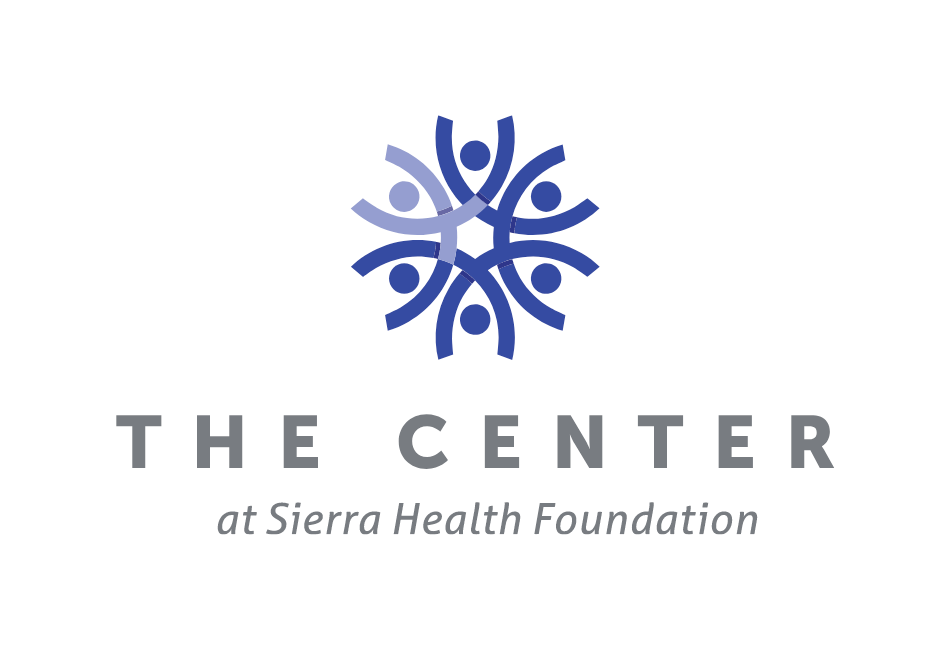In this interview with Matt Curtis, Managing Director of the Health Equity and Access Team (HEAT) at The Center and Sierra Health Foundation, we delve into the team’s visionary goals. He shares their work in advancing health equity and access in California, while overseeing a groundbreaking $65 million initiative generously funded by California’s Department of Health Care Services.
Q: What are the goals of the Health Equity and Access Team at The Center at Sierra Health Foundation, and what is your vision for the health equity and access program department?
A: Our department’s goal is to address the unmet needs in California, where certain populations have been left behind in terms of access to healthcare and public health infrastructure. Specifically, we’re concerned about how healthcare access has been racialized, with Black, Hispanic, Asian and Native American communities often having fewer resources and facing institutional barriers. Even when they do have resources, the public health and medical infrastructure is often developed in ways that are hostile to these communities.
Our North Star is addressing these disparities in healthcare and public health through a racial equity and health equity lens. A significant portion of our work revolves around promoting health and safety. This includes efforts related to people who use drugs, spanning substance use disorder prevention, harm reduction services, clinical treatment services, medication for opioid use disorder treatment and recovery services. Additionally, we are deeply engaged in COVID response efforts, particularly focusing on vaccine access and prevention services. To date, we’ve invested nearly $20 million in grassroots community organizations as part of our COVID initiatives.
Q: Why do racial equity and health equity matter in the context of substance use disorder, and how does your team address these intersections?
A: For [the HEAT team], the intersections of health and racial equity are paramount in addressing substance abuse disorder. We see the ways that decision-makers in society have historically and profoundly robbed communities [of color] of opportunities for good employment, equal access to education and broader health care. How do we expect people to just keep walking through that?
Our focus is on keeping people safe, and we firmly believe that the penalty for drug use should not be death. The opioid crisis, driven by policies around access to painkillers and mass incarceration, has shown the devastating consequences of failing to prioritize health equity.
We recognize that people who use drugs often make rational decisions based on their circumstances and addressing the root causes of drug use, such as trauma and inequality, is essential. Racial and health equity are intertwined in this issue, as historical injustices have led to disparities in access to employment, education, and healthcare. To truly address substance use disorder, we must address these systemic issues and provide comprehensive care that considers all aspects of a person’s life.
I have been in this work for 25 years now and I have seen profound change in the way that we approach many of the problems that the Health Equity Access department is working on today. Things are different, and it always feels too slow. But we’re in it for the long game and we’re in it for those that deeper meaning of building the world that we want to live in.
Q: September was National Recovery Month. What guidance would you offer nonprofits for future efforts?
A: National Recovery Month emphasizes wellness, community connection and positive change. Nonprofits supporting recovery should focus on these principles.
To start, we must suspend this country’s deeply rooted cultural connections to everything we’ve been taught about the War on Drugs. The way that we have been taught for the last 100 years in the United States to think about drugs and people who use them—that they are profoundly maligned and criminal—cause them to lose any ability to have autonomy to meaningfully connect and contribute to their communities. All of this is wrong.
We cannot have all the good things we want related to drug use [recovery] without breaking from such a carceral, oppressive and surveillance-based approach.
That means giving up some of that power and decision-making ability and autonomy to the community. We’re not going to arrest our way out of these issues, we’re not going to incarcerate our way out of these issues, and this logic must flow down to the way that we’re providing care. We can’t expect these populations to thrive in medical and public health systems, initially designed to offer compassionate and therapeutic care, to thrive when they’re actually operating on foundations of control and mistrust.
Q: The upcoming HEAR US Roadmap is a significant publication. Why should CEOs and leaders pay attention to it, and what insights can they expect to gain?
A: The HEAR US Roadmap is a vital tool for grant applicants as they prepare to address these challenges. It includes five core components: culturally response services and systems, low-barrier access to services, integrated peer support across the recovery continuum, harm reduction and Whole Person Care.
Our hope is that the roadmap will be used by local systems, organizations and individuals throughout California to improve both the access to behavioral health care services and the quality of behavioral health care services. Only then will we be able to fully address the needs of our communities most in need.
[The HEAR US project] represents an effort that we just haven’t done for a while in California, if ever, to bring together a current snapshot what’s going right, what’s going wrong and what type of approaches we should be taking to make behavioral health care work for these historically under-resourced groups. These insights will inevitably have positive and far-reaching benefits for all populations.

